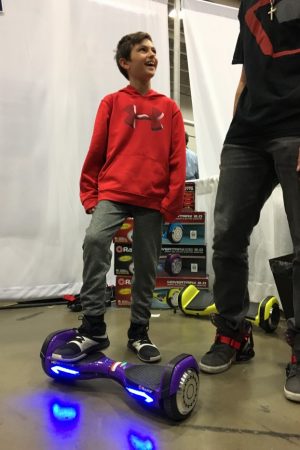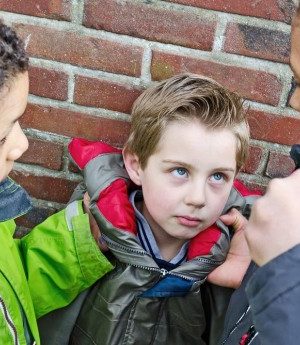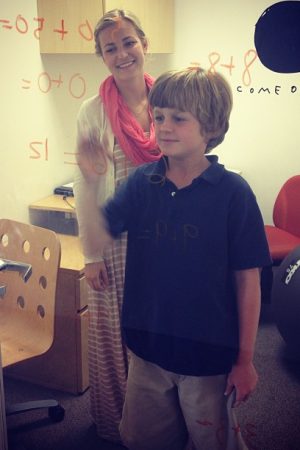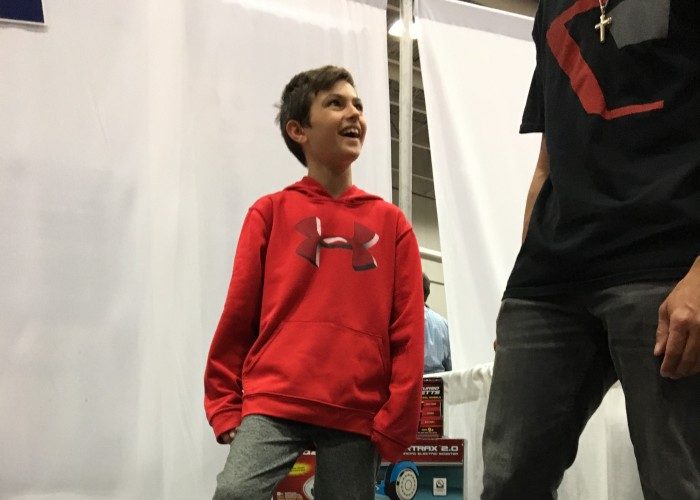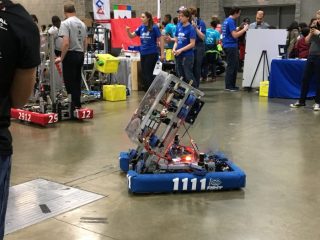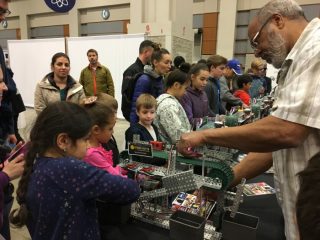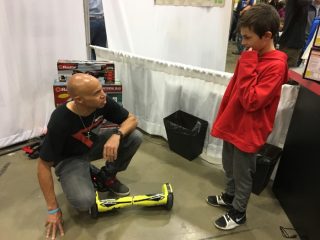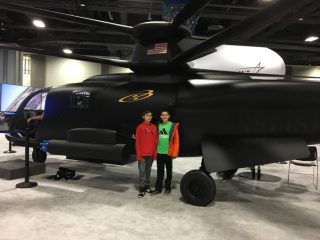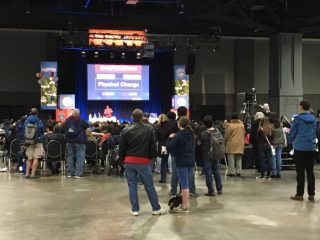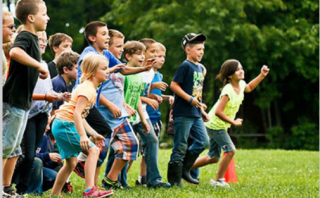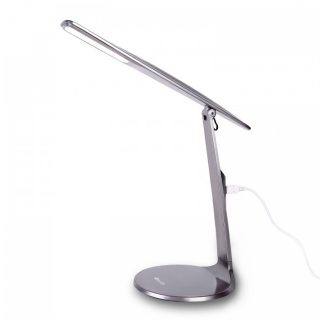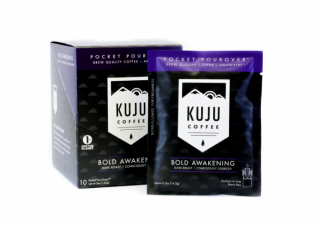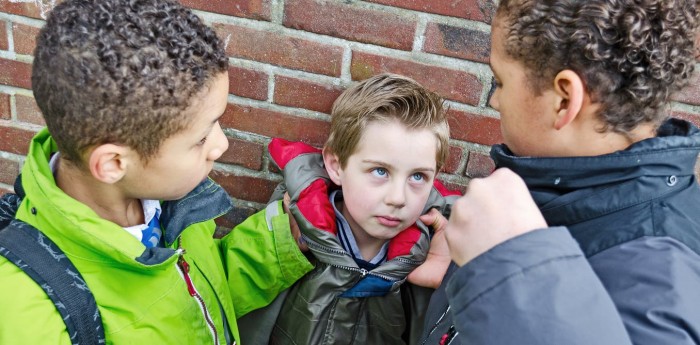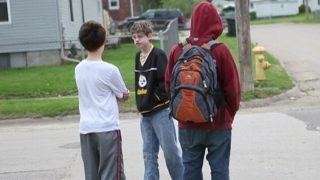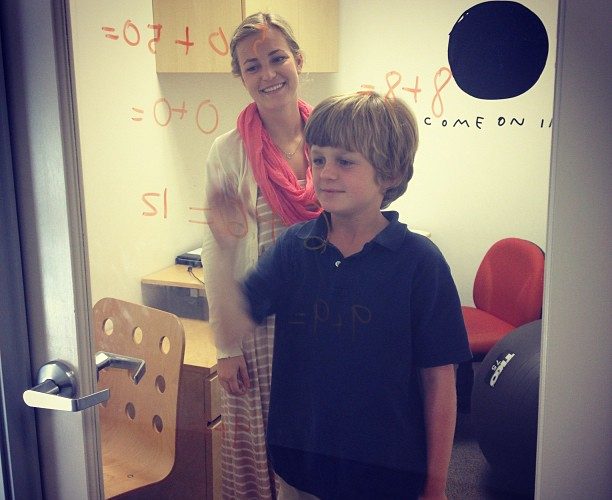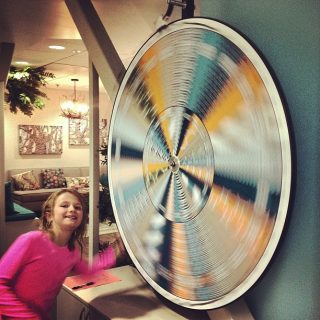With students nationwide already back in school for the 2022-2023 year and midterm elections around the corner, political discussions are sure to come up in classrooms. Dr. Suzanne Barchers, Education Advisor/Vice President of Curriculum at Lingokids, says there are ways to approach sensitive subjects without upsetting the applecart, but there are rules to follow. In this Q&A, Dr. Barchers offers some sage advice for teachers.
1. Is there a line to discussing political issues?
Before embarking on any discussion of politics, determine what your district’s policy is. Keep good records of your discussions if you do undertake a discussion of politics.
One good strategy is to build a foundation based on our country’s historical and political underpinnings. When I was homeschooling my granddaughter in grade five (during Covid), I planned our fall curriculum to include history lessons about the electoral college and how this process works. We studied the platforms of the two major parties: Republicans and Democrats. Then we discussed which tenets she identified with—mostly. Not surprisingly, she agreed with some positions from each party.
As her teacher, and in my previous role as a teacher, I emphasized how important it is to determine which issues are important to you and which candidates support those issues…irrespective of party affiliation. For example, she is very focused on environmental issues and cleaning up the ocean. My concerns are for better education and women’s rights. We explored candidates—parties aside—that aligned with our issues. From there, we discussed how difficult it is to decide on a candidate, in short, how one must sort through all the hyperbole and claims. We also brainstormed who the ideal candidate might be (fictional) to align with our respective concerns.
2. How will rejecting discussion hinder children’s learning and understanding of an issue?
Children are very curious, and they overhear much more than we credit them with, especially given the ubiquitous nature of the media. And they are astute. They may absorb their parents’ political views, and they may speak out based on those views. Conversely, older children may take issue with their parents’ views, creating stress and/or strife. During politically turbulent times, even ten-year-olds can become vocal and stubborn about their point of view—even if it is purely representative of—or in opposition to—the views of their parents.
As teachers, it’s important to value differing opinions and to impart that tolerance to students. Teachers need to be “Switzerland”—neutral when discussing politics. When something controversial comes up in one’s community, such as building a mall versus having open space, use that concrete example to discuss different points of view without taking a stance. Value all positions, such as comparing the benefits of having more taxes from the mall’s businesses contrasted with the benefits of having green space and more recreational opportunities. When I last taught in the public schools, a volunteer parent trained a group of my students in formal debate techniques. All the students listened as they debated a local issue—building a new airport. Their vote was based on the debates and was at variance with the public’s vote, a good lesson in logic and politics.
3. How should teachers approach questions regarding their own beliefs? – What topics are appropriate for discussion, which aren’t? – How do you teach about current events and politically charged issues without overstepping your role as a teacher (or other education professional)?
Teach your students to be informed consumers of controversial topics. Teach them how to fact check claims that are being made. Discuss which are trusted sources—but acknowledge that each of us have favorite sources of information that may be affected by political preferences.
It is especially helpful to teach propaganda techniques: testimonial, stereotyping, fear appeals, jumping on the bandwagon, gaslighting, name-calling, stacking the deck, glittering generalities. Discuss how a “sound bite” may not reflect the entire picture, particularly noticeable when political candidates or media outlets are “stacking the deck” to make a point.
When a particularly troublesome topic is brought up by the students, it’s fair to say that you are not comfortable with an extended discussion. It’s also appropriate to say that you haven’t made up your mind about something.
If you do want to discuss something controversial because it’s so timely, set up some ground rules before starting the discussion: differing opinions are respected; judgment is suspended; all will listen without interruptions; questions can be asked, etc.
Before starting a discussion, generate acceptable statements such as, “I hear you;” “That’s a good point;” “I get that, but I have a different idea to offer;” “I have been interested in….” Put them on the board so that students can use them before offering their thoughts. Insist on calm and mutual respect.
Be prepared to de-escalate if the topic gets heated. Be sure to wrap up any discussion with acknowledgment that these are tough topics. Give an example of when you thought one way and changed your mind over time. Be prepared to say, “This is a complicated issue. Let’s table it for a week and see if we can find common ground.”
A useful visual is a Venn diagram, such as the Brain Pop diagram below. Contrasting points are listed in the outer portions of the circles, with common ground identified in the overlapping portion. Finding common ground on any topic is especially helpful when wrapping up a topic.
4. How does this tie into mental health for both teachers and students? Is there concern about anxiety/depression, etc?
This is the perfect time to work on teaching empathy and acceptance. Those children who feel like they can’t speak up in class may be subject to deeper feelings of isolation and frustration. Through frank and supportive discussions of politics, you can help all your students learn to speak up respectfully, in a safe setting. Recognize that politics can trigger difficult discussions—one’s parents or caregivers may have deep differences that add stress in the family setting. By modeling neutral and nonjudgmental attitudes, you may be helping that child cope with a variety of conflicts and disagreements. And you’ll be teaching lifelong skills.


